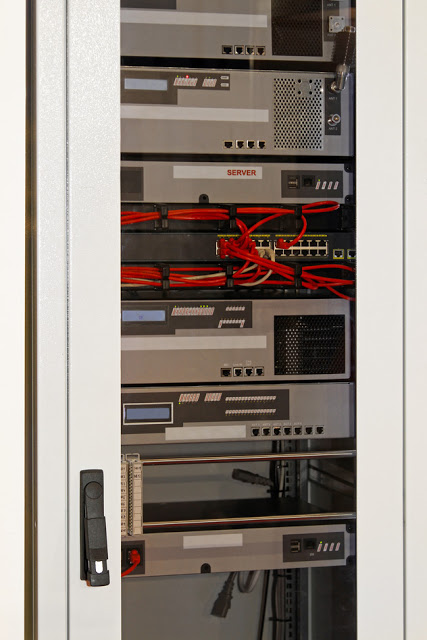Microsoft could not ignore the virtualization trend. Microsoft introduced Hyper-V as a virtualization platform in 2008, and it continued to release new Hyper-V versions with new Windows server versions. So far, there are a total of four versions, including Windows Server 2012 R2, Windows Server 2012, Windows Server 2008 R2 and Windows Server 2008.
Since Hyper-V’s debut, it has always been a Windows Server feature, which could be installed whenever a server administrator decided to do so. It’s also available as a separate product called Microsoft Hyper-V Server. Basically, Microsoft Hyper-V Server is a standalone and shortened version of Windows Server where Microsoft cut out everything irrelevant to virtualization, services and Graphical User Interface (GUI) to make the server as small as possible. Plus, without the bells and whistles, the server requires less maintenance time and it is less vulnerable, because, for example, fewer components mean less patching.
Hyper-V is a hybrid hypervisor, which is installed from OS (via Windows wizard of adding roles). However, during installation it redesigns the OS architecture and becomes just like a next layer on the physical hardware






0 comments:
Post a Comment